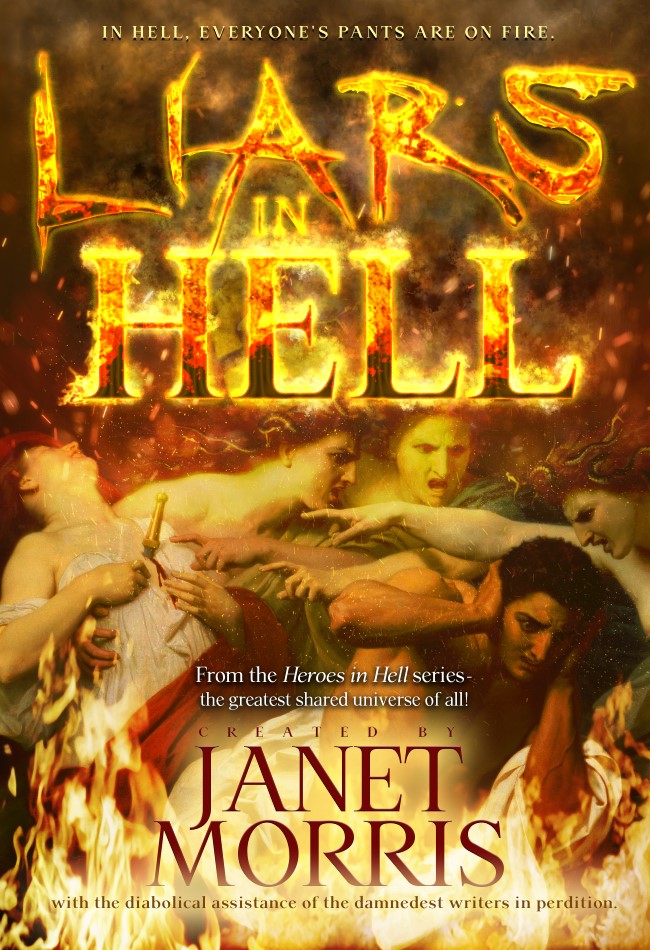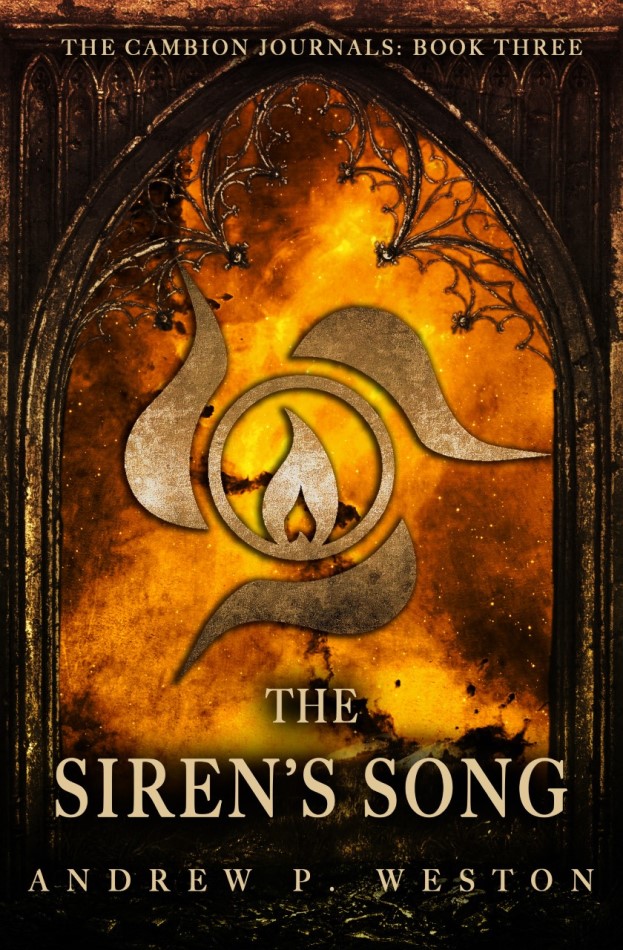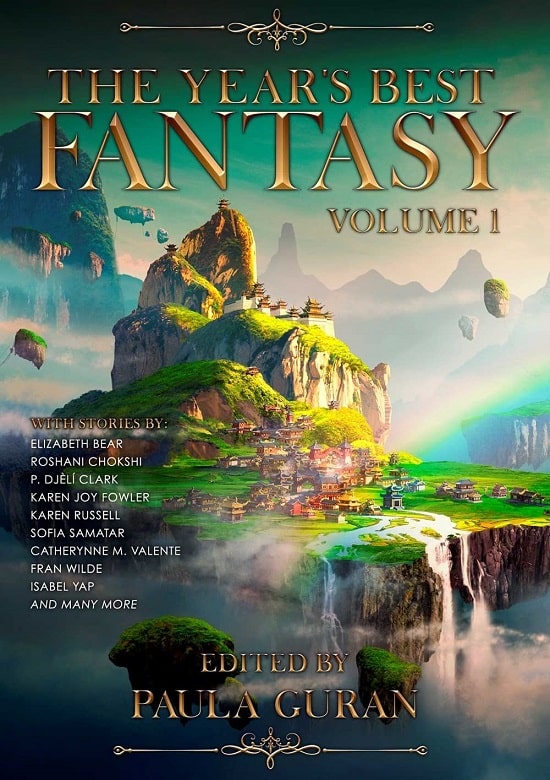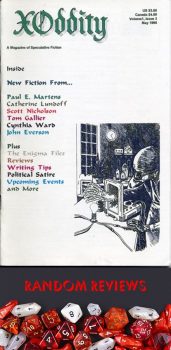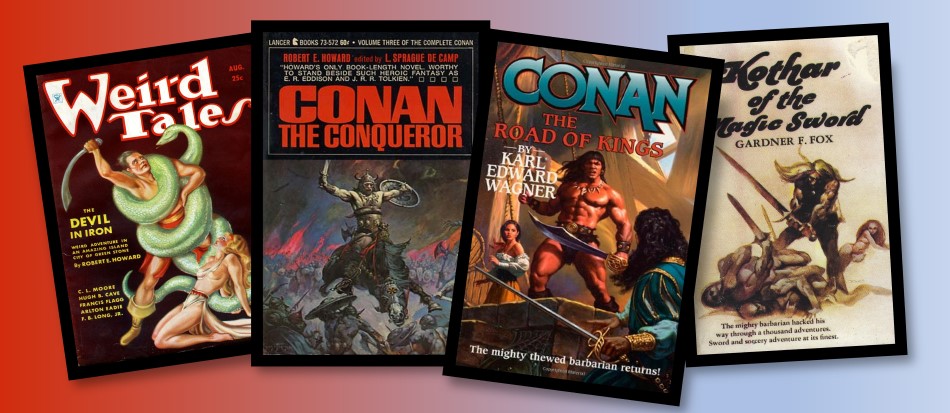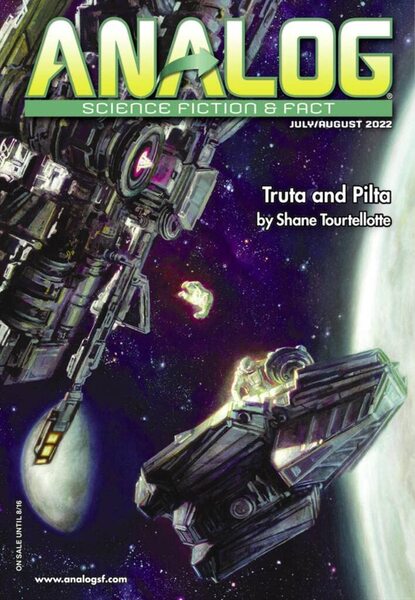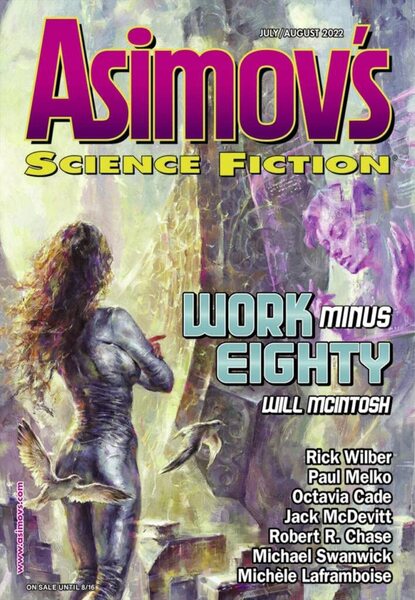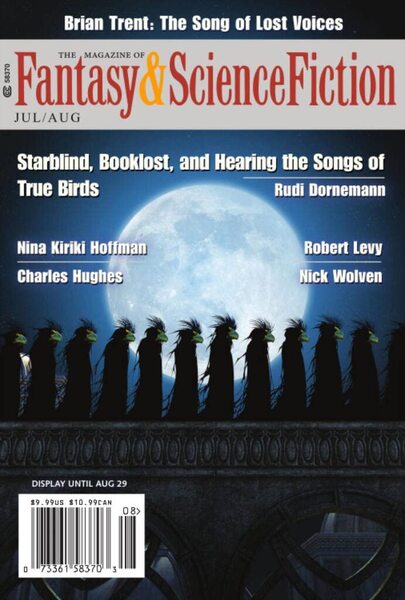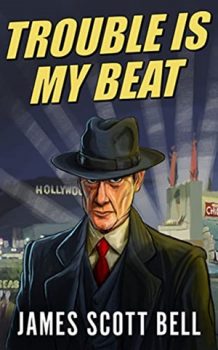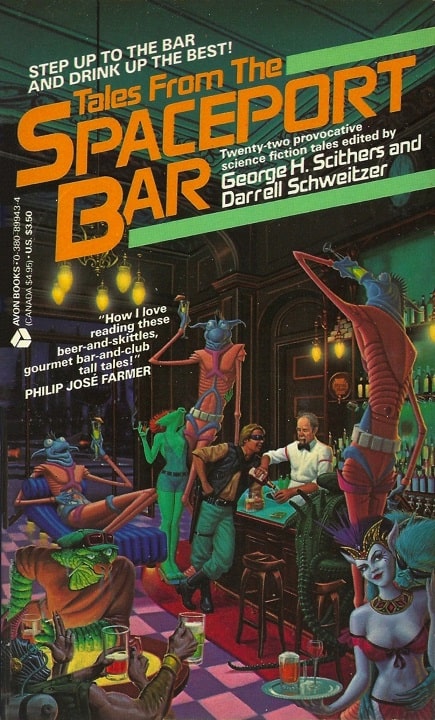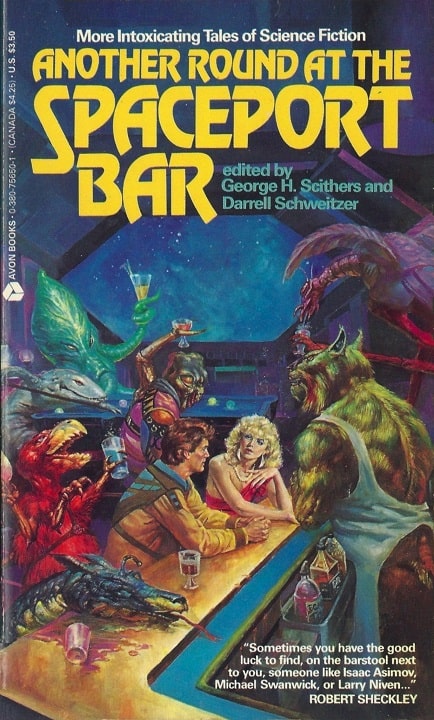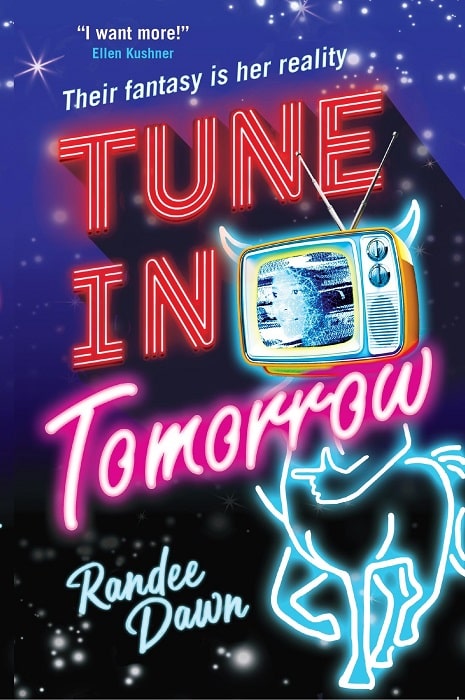A (Black) Gat in the Hand: The Murdering Spinsters
“You’re the second guy I’ve met within hours who seems to think a gat in the hand means a world by the tail.” – Phillip Marlowe in Raymond Chandler’s The Big Sleep
(Gat — Prohibition Era term for a gun. Shortened version of Gatling Gun)
In Brooklyn during World War II, a pair of black widows were luring men to their deaths. They preyed upon older, lonely men without family or close friends. With a “Room for rent” sign hanging in the front window of their idyllic-looking home, they fed arsenic-laced wine to their victims. A male relative who lived with them buried the bodies in the basement, with no one the wiser. The women were in fact little old ladies: think Aunt Bee as a serial killer.
But a nephew came over and found a body in window seat – the thirteenth victim. He slowly realized that his two loveable old aunts were killers. Then, his brother, a murderer on the lam from the police, showed up with his lackey in tow. It’s a hardboiled, true crime story that curiously, is largely forgotten today.
Just kidding! It’s actually Arsenic and Old Lace, a smash stage play that became a popular movie starring Cary Grant, Raymond Massey and Peter Lorre. The play ran on Broadway for 1,444 performances and is still in wide use today.
